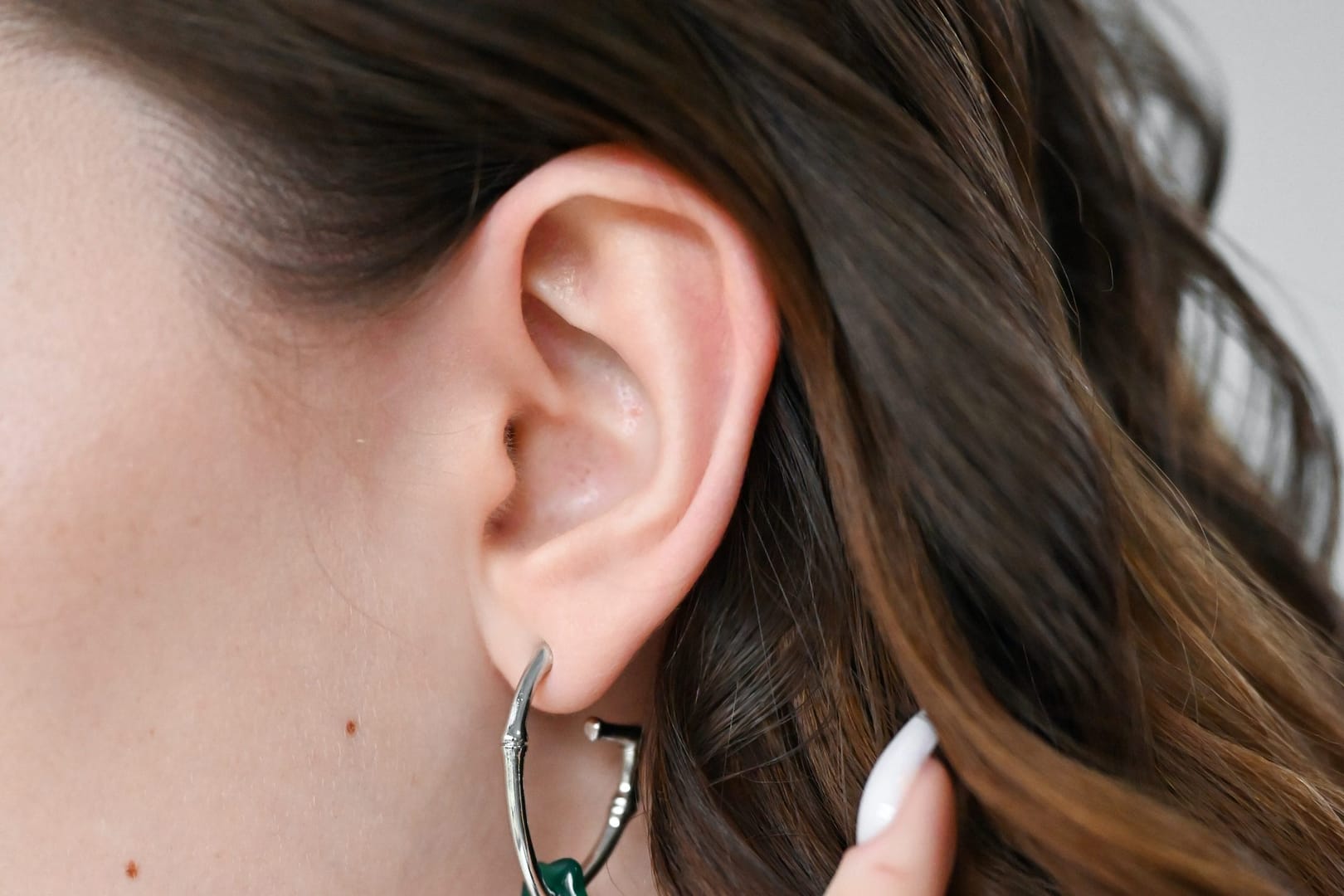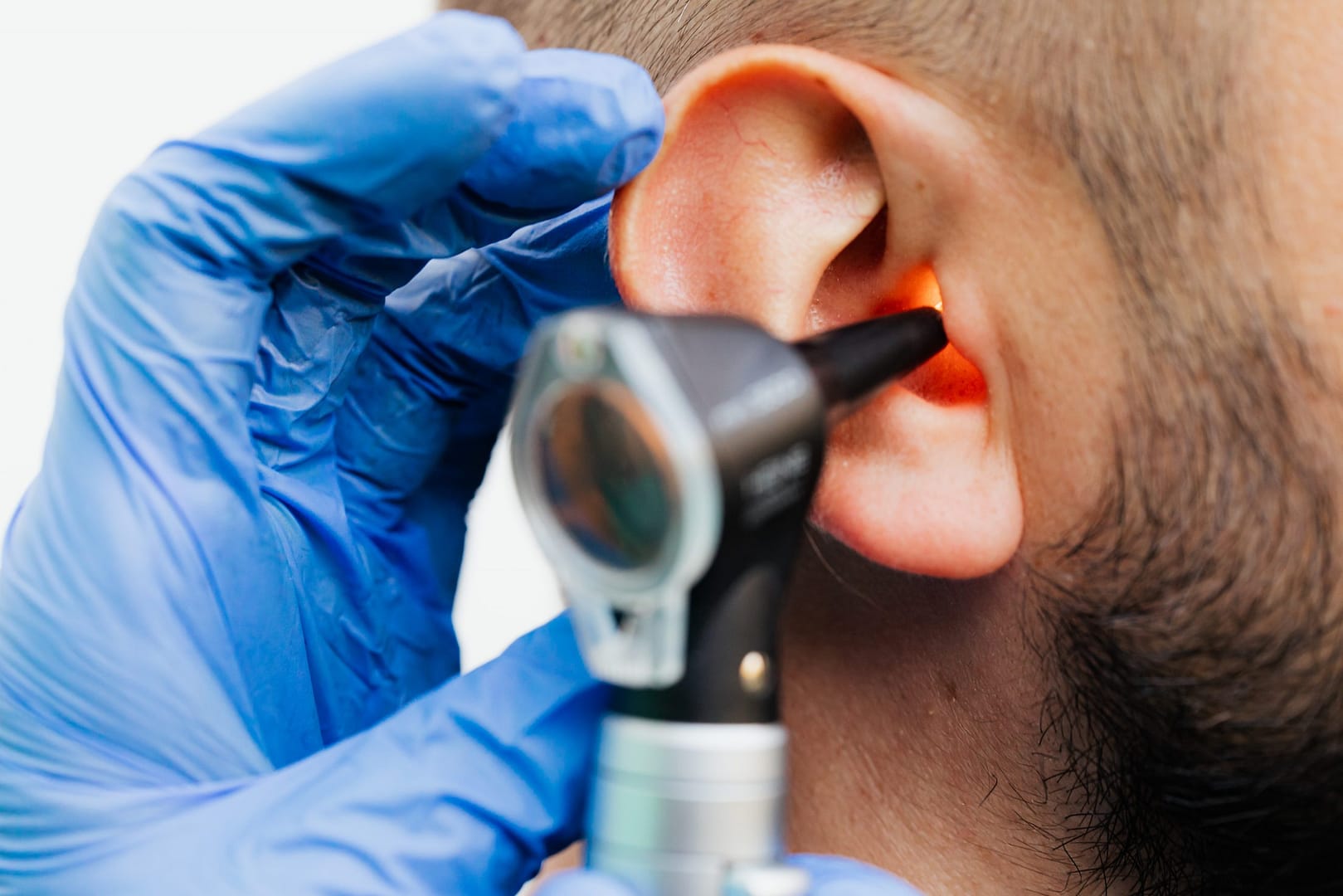Understanding Ear Disorders and PEMF Therapy
Welcome to our comprehensive guide exploring the intricate world of ear disorders and the revolutionary potential of PEMF (Pulsed Electromagnetic Field) therapy in their treatment.
Here we will delve into the conditions of tinnitus, migraine, Meniere’s disease, and otitis media, shedding light on their origins and interconnections within the human ear. Additionally, we explore the promising role of PEMF therapy as a non-invasive, innovative solution for these challenges.
The Ear: An Intricate Marvel
Before we dive into the specifics of these conditions, it’s essential to understand the complexity of the human ear. The ear is a remarkable organ responsible for both hearing and balance. Its delicate structures can, unfortunately, be susceptible to various disorders, often leading to discomfort and disruption in daily life.
Exploring Common Ear Disorders
- Tinnitus: Often described as a persistent ringing or buzzing in the ears, tinnitus can be a symptom of an underlying condition such as hearing loss, ear injury, or circulatory system disorder.
- Migraine: While primarily known for causing severe headaches, migraines can also result in auditory symptoms, including sensitivity to sound, dizziness, and ringing in the ears.
- Meniere’s Disease: This chronic inner ear disorder can cause vertigo, hearing loss, and ringing in the ears (tinnitus). Its exact cause is still unknown, making management challenging for affected individuals.
- Otitis Media: Commonly known as a middle ear infection, otitis media occurs when the middle ear becomes inflamed due to bacterial or viral infections, leading to pain, hearing impairment, and sometimes, fluid drainage.
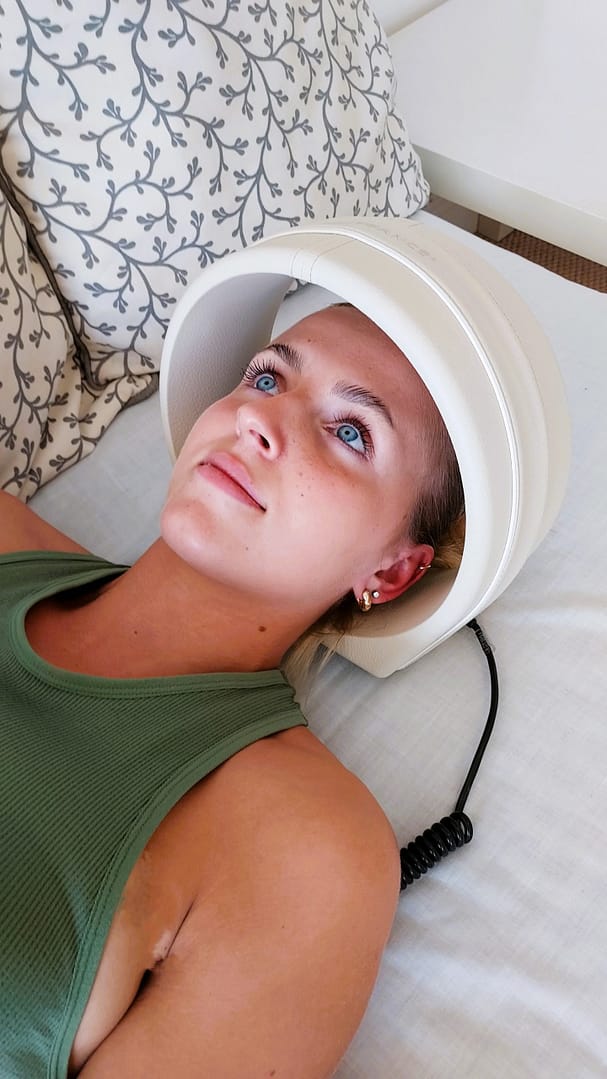
Click the link to view more about each condition →
Interconnections and Shared Causes
Interestingly, these disorders share certain risk factors and causes. For instance, disruptions in the inner ear, often seen in Meniere’s disease, can lead to both tinnitus and balance problems, connecting these seemingly distinct conditions.
Additionally, migraine-related auditory symptoms can overlap with tinnitus, emphasizing the intricate relationship between these disorders.
To obtain this status, many studies were done to document the success, lack of side effects, and mechanisms of energy field methods.
Not surprisingly, the scientific evidence is that PEMF therapy is effective because it conveys ‘information’ that triggers specific repair activities within the body.
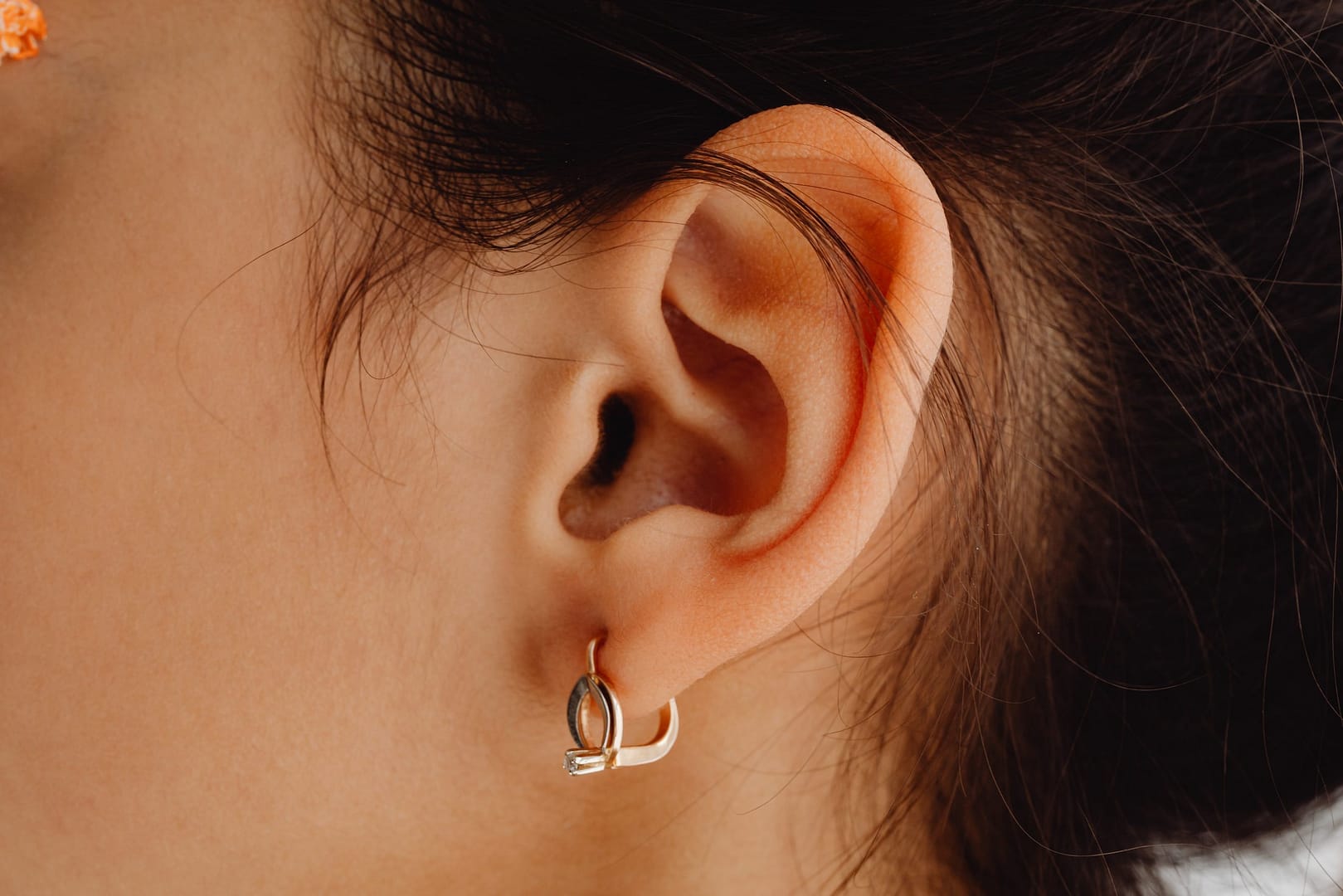
PEMF Therapy: A Promising Solution
PEMF therapy harnesses electromagnetic fields to stimulate cellular repair and enhance overall well-being. While the articles in this collection delve deeply into the science behind PEMF therapy, it’s important to note its potential in addressing these ear disorders.
By promoting cellular healing, reducing inflammation, and improving circulation, PEMF therapy can alleviate symptoms associated with tinnitus, migraines, Meniere’s disease, and otitis media.
The above links to compilation of articles offers valuable insights into the world of ear disorders and the potential of PEMF therapy as a holistic approach to their management.
By understanding the interconnected nature of these conditions and exploring innovative solutions like PEMF therapy, individuals can find hope and empowerment in their journey toward better ear health and overall well-being.
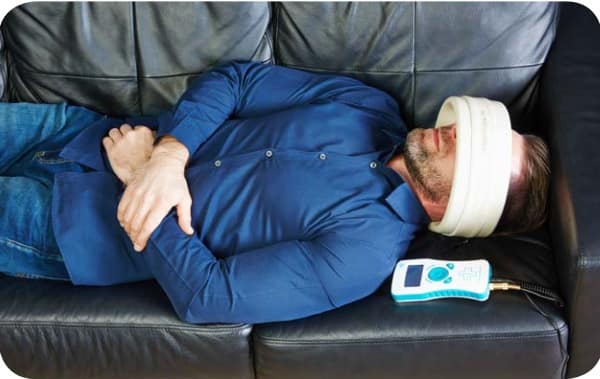
The PRIMO-C PEMF therapy set (shown below) is and recommended for solving conditions related to ear problems.
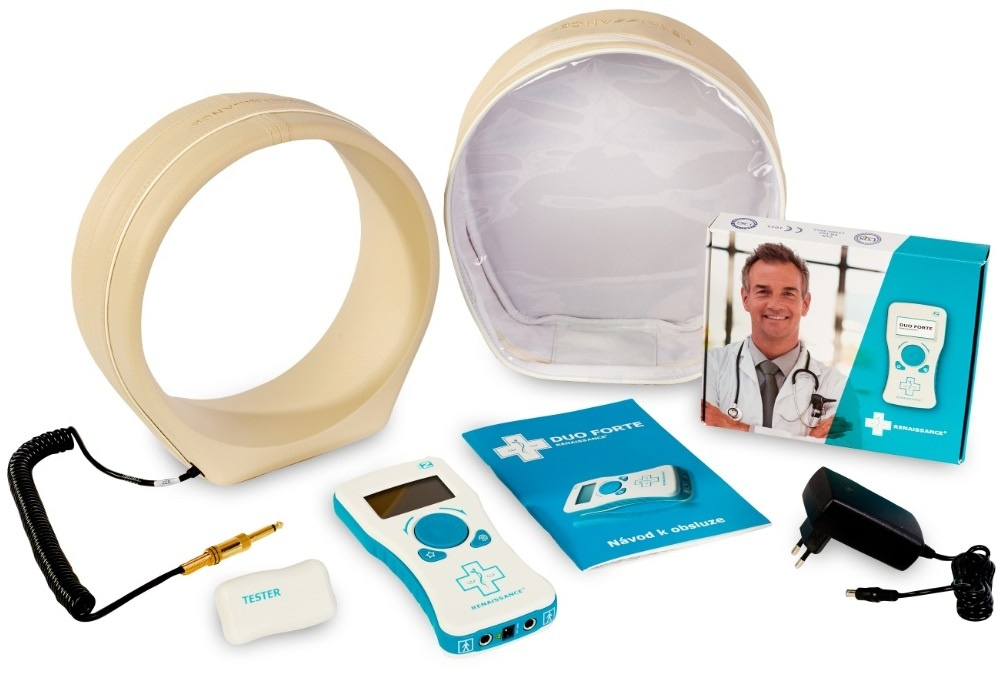
The Cavo is one of the most universal applicators and can be used to treat a huge number of conditions. It generates homogenous magnetic field with an effective range of approximately 30-40 cm.
Other uses for this set include, Migraine, joint arthritis, immunity boost, eye infections, glaucoma and gout.
PRIMO-C set
PRIMO C set, which includes a CAVO applicator is an efficient alternative to treat a number of dysfunctions in musculoskeletal system, especially joints.
Anatomy of the Ear:
The human ear can be divided into three main parts: the outer ear, the middle ear, and the inner ear.
- Outer Ear:
- Pinna (Auricle): The visible part of the ear that collects sound waves and directs them into the ear canal.
- Ear Canal (Auditory Canal): A tube-like structure that carries sound waves to the eardrum.
- Middle Ear:
- Eardrum (Tympanic Membrane): A thin, sensitive membrane that vibrates when struck by sound waves.
- Ossicles (Bones of the Middle Ear): Three tiny bones—malleus (hammer), incus (anvil), and stapes (stirrup)—transfer vibrations from the eardrum to the fluid-filled inner ear.
- Eustachian Tube: A narrow tube that connects the middle ear to the back of the throat, helping maintain equal air pressure on both sides of the eardrum.
- Inner Ear:
- Cochlea: A spiral-shaped, fluid-filled structure responsible for converting sound vibrations into electrical signals that can be interpreted by the brain. The cochlea is essential for hearing.
- Vestibular System: Located in the inner ear, this system consists of semicircular canals and otolithic organs, which are responsible for balance and spatial orientation.
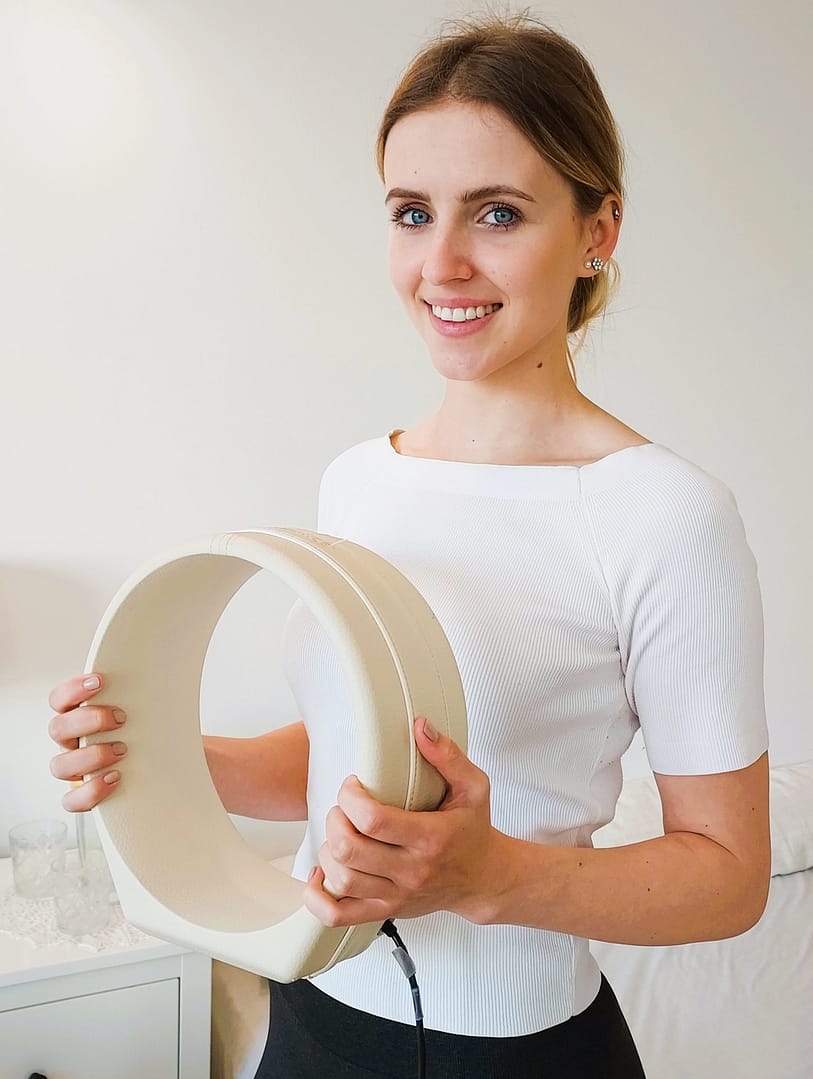
How Hearing Works:
- Sound Reception: Sound waves are collected by the pinna and funneled into the ear canal.
- Sound Amplification: The sound waves cause the eardrum to vibrate. These vibrations are amplified by the ossicles in the middle ear.
- Transmission to Inner Ear: The stapes bone transmits the vibrations to the fluid within the cochlea of the inner ear.
- Hair Cell Stimulation: Inside the cochlea, there are hair cells immersed in fluid. When the fluid moves due to the vibrations, the hair cells are bent, generating electrical signals.
- Nerve Signal Generation: These electrical signals are picked up by the auditory nerve and transmitted to the brain.
- Auditory Processing: In the brain, these signals are interpreted, allowing us to perceive and understand sounds.
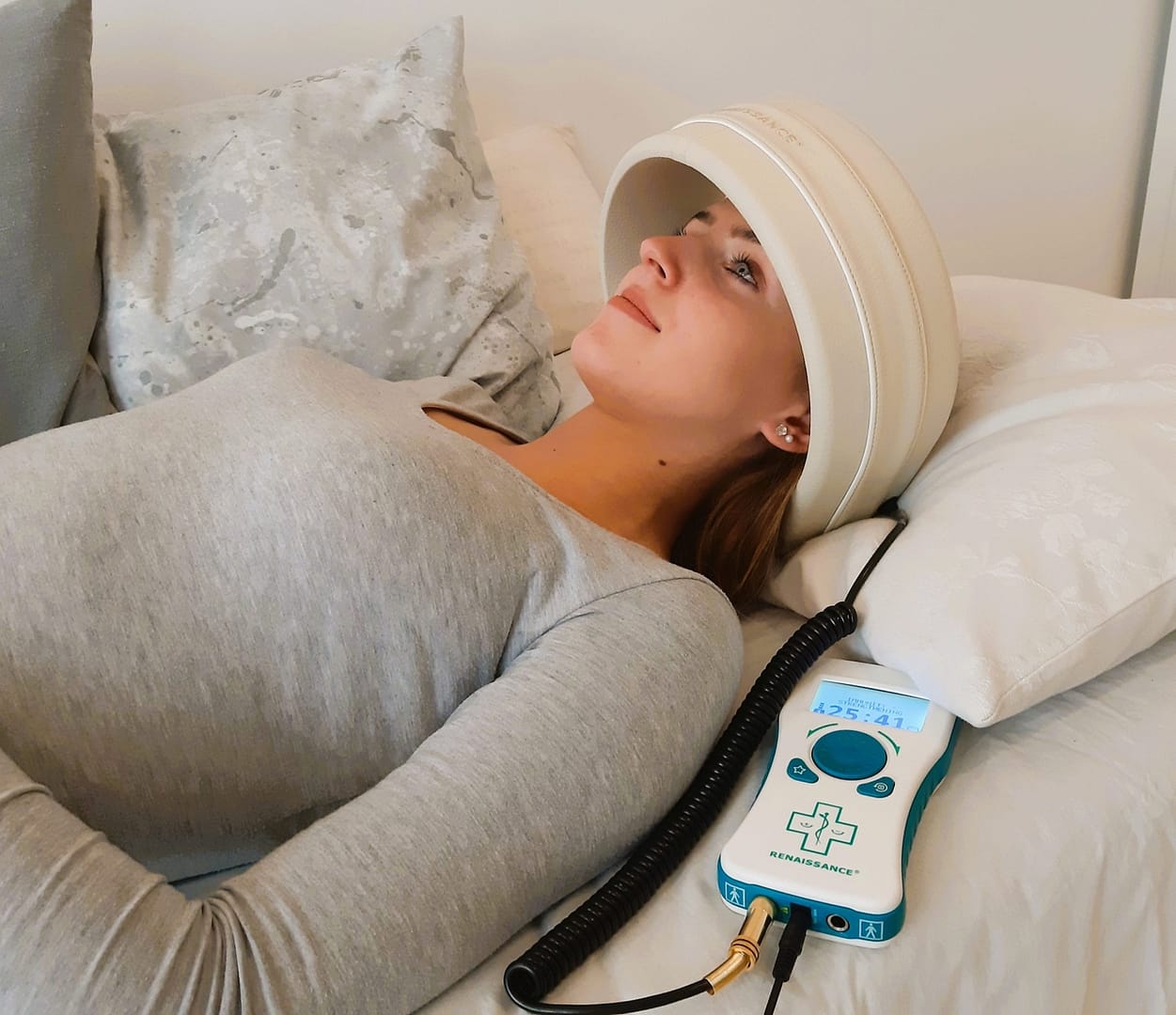
Balance and Spatial Orientation:
Apart from hearing, the inner ear is crucial for balance and spatial orientation. The semicircular canals detect rotational movements of the head, while the otolithic organs sense linear accelerations, such as changes in head position relative to gravity.
The ear’s remarkable complexity allows us to experience the auditory world and maintain balance in our daily lives.
By understanding how the ear works, we can better appreciate the impact that disorders like tinnitus, migraines, Meniere’s disease, and otitis media can have on our overall well-being, underscoring the importance of innovative therapies like PEMF in addressing these challenges.
Disclaimer: These pages outline how PEMF has helped many people and health issues. This does not prove that others would have the same results. Our products are designed to promote health and wellness and not to diagnose, treat or prevent specific medical conditions, for which you should see a doctor or health care professional. This information has not been evaluated by the US FDA or UK Medicines and Healthcare Products Agency. While we try to keep it up to date and correct, we give no guarantees of any kind about its completeness, accuracy, or suitability.
Nice care and its employees have no formal medical training or qualifications. We will advise you with regards to how PEMF therapy could help you and explain how it has helped others. We do not offer medical advice or diagnosis. If you are unwell or need medical advice, please consult a doctor or health care professional.
The MHRA have seen all certificates issued by the relevant European safety boards and have raised no objection with regards to the suitability or sale of Renaissance® products in the UK


